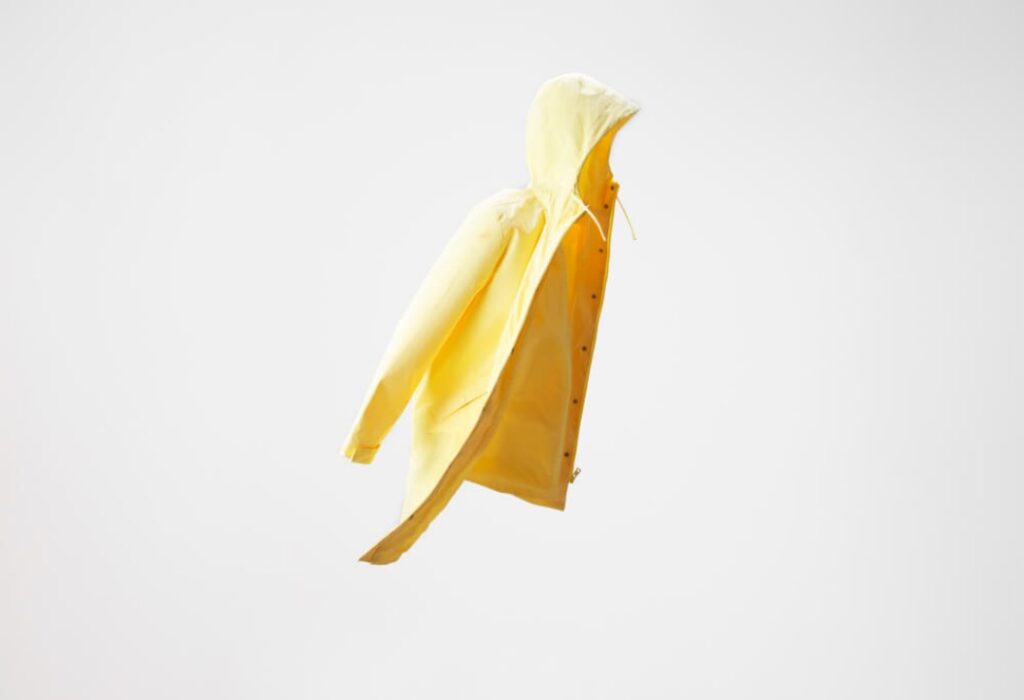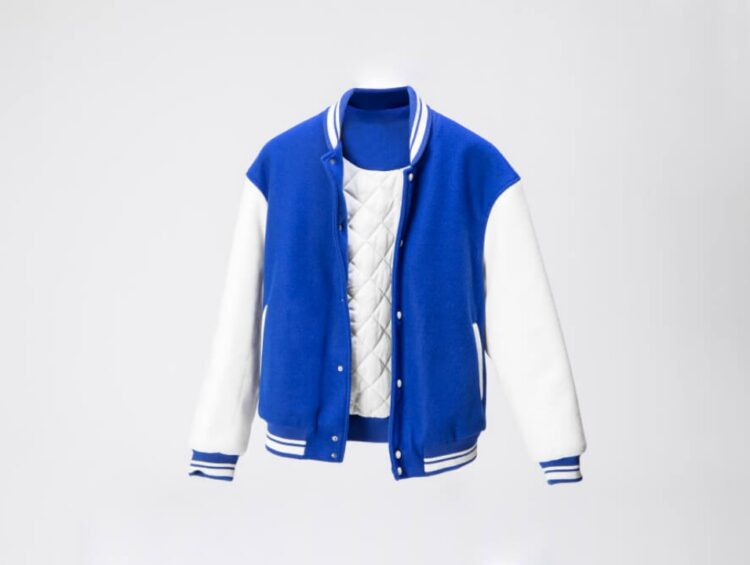The fashion industry is undergoing a revolution because of the revolutionary impact of 3D design. In a world where digital technology is thriving, designers are now leveraging the power of 3D design to transform the way they create and showcase their collections. This cutting-edge technology allows fashion designers to visualize their ideas in a virtual environment, saving time and costs associated with traditional prototyping. From creating intricate patterns and realistic garment simulations to virtual fashion shows and e-commerce visualizations, 3D design is opening up a whole new realm of possibilities for the industry. But it doesn’t end there. 3D design also has a profound impact on sustainability in the fashion industry. By reducing fabric waste through virtual prototyping, designers can minimize their environmental footprint while still delivering stunning collections. Additionally, 3D design facilitates customization and mass personalization, enabling brands to create unique, made-to-order garments that meet individual customer preferences. It is reshaping the way designers create, consumers shop, and sustainability is prioritized. Welcome to the future of fashion.From conceptualization to manufacturing and retail, 3D technology is disrupting traditional methods and paving the way for a more efficient, sustainable, and exciting future of fashion.
Advantages of Using 3D Design in Fashion
- Enhanced Design Capabilities:With 3D design we can create intricate, complex garments that would be difficult or impossible to achieve with traditional techniques. This opens doors to a world of innovative and expressive fashion.
- Streamlined Design Process:3D prototypes enable designers to visualize garments in a virtual space, iterate quickly, and make adjustments on the fly. This reduces the need for physical samples, saving time and resources.
- Improved Fit and Sizing:3D technology can be used to create highly accurate digital avatars, allowing designers to ensure a perfect fit across various body types. This reduces returns due to sizing issues and improves the overall customer experience.
How 3D Design is Transforming the Design Process
- Collaboration and Communication:3D models facilitate seamless collaboration between designers, manufacturers, and other stakeholders. Everyone can visualize the same garment in detail, leading to a more efficient workflow.
- Sustainable Practices:By reducing the need for physical samples and prototypes, 3D design contributes significantly to a more sustainable fashion industry. Less fabric waste translates to a smaller environmental footprint.
The Role of 3D Design in Reducing Waste and Increasing Sustainability
The traditional fashion industry is notorious for its excessive waste. 3D design offers a powerful solution by:
- Minimizing Fabric Waste:3D software allows for precise garment creation, eliminating fabric scraps and leftovers often generated during physical prototyping.
- Optimizing Production Runs:Accurate 3D models ensure perfect sizing and fit, reducing the need for overproduction and subsequent disposal of unsold garments.
- Sustainable Material Exploration:3D design allows for the exploration of innovative, eco-friendly materials in the virtual space before physical production begins.

The Future of 3D Design in the Fashion Industry
As 3D technology continues to evolve, we can expect even greater integration into the fashion world. Here are some exciting possibilities:
- Personalized Fashion:3D technology could pave the way for mass customization, allowing consumers to design and create garments tailored to their specific needs and preferences.
- On-Demand Manufacturing:3D printing advancements could lead to on-demand garment production, reducing inventory waste and shortening lead times.
- Interactive Retail Experiences:Virtual reality and augmented reality powered by 3D design could revolutionize the retail experience, allowing customers to virtually try on clothes before purchasing.
Challenges and Limitations of Implementing 3D Design in Fashion
While 3D design offers immense potential, there are some challenges to consider:
- Software and Hardware Costs:Investing in sophisticated 3D design software and hardware can be expensive, particularly for smaller fashion businesses.
- Skill Gap:Utilizing 3D design effectively requires specialized skills and training for designers and industry professionals. However, the skill gap shouldn’t hold you back. There are also some proficient companies that offer 3D design services.
The Impact of 3D Design on the Retail and Consumer Experience
3D design is transforming the way consumers interact with fashion:
- Virtual Try-On Experiences:3D technology allows for virtual try-on experiences, enabling consumers to see how garments look on their avatars before purchasing. This reduces the need for returns and improves customer satisfaction.
- Customization Options:3D design could empower consumers to personalize garments by choosing colors, patterns, and even minor design elements.
- Increased Transparency:3D visualization tools could provide consumers with detailed information about the materials, origin, and production process of garments.
Wrap-up
3D design is revolutionizing the fashion industry, offering a path towards greater creativity, efficiency, and sustainability. While challenges remain, embracing this technology will be key for fashion brands to thrive in the ever-evolving landscape. As 3D design continues to develop, the future of fashion promises to be more innovative, sustainable, and exciting for both designers and as well as end customers.





